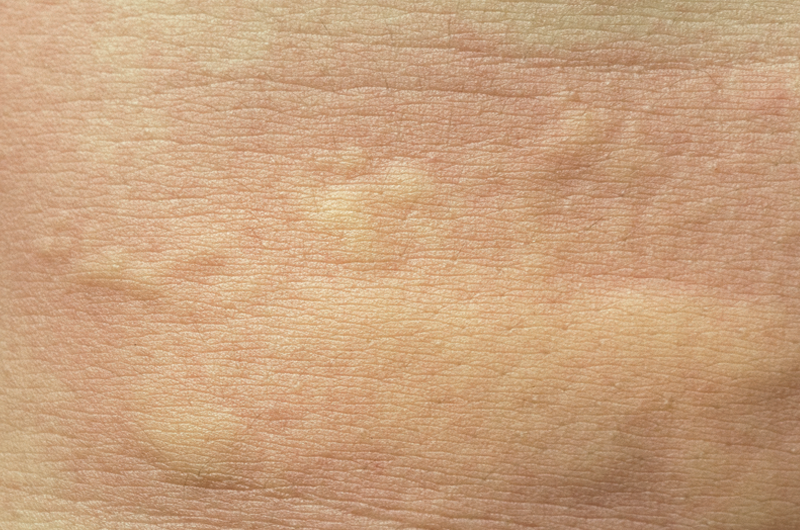Rachel Sommer, Neuza da Silva, Anna Langenbruch, Marcus Maurer, Petra Staubach-Renz, Matthias Augustin
Eur J Dermatol. 2020 Jun 1;30(3):259-266. doi: 10.1684/ejd.2020.3763
About 1 % of the population suffers from chronic spontaneous urticaria. The highest incidence is between 30 and 40 years of age, with women being most affected. The objective of this study was to characterise the specific needs and treatment objectives in chronic spontaneous urticaria from the view of the patient.
This was a cross-sectional study that included 103 participants from 4 German outpatient dermatology clinics. The validated Patient Needs Questionnaire (PNQ) for chronic spontaneous urticaria was used to determine patient needs and potential treatment objectives. To determine the relationship between patient needs and disease burden, different scales were used: disease-specific (CU-Q2oL), skin-generic (DLQI) and health generic (EQ VAS).
Most participants were female (71,4 %), with a mean age of 43,92 ± 14,96 years. The most important treatment objective was the absence of visible skin lesions (92,3 % considered important/ very important), then to be free of itching (91,5 %) and lately the desire to be healed of all skin defects (89,5 %). All other 26 items analysed, were considered to be quite important/ very important by, at least, 30 % of the participants. In relation to patient specific needs, this were related to gender and duration of disease.
In conclusion, these data show that people with chronic spontaneous urticaria have an individual broad range of needs, enabling specialists to adapt treatment to their needs. Innovative treatments may also help increase overall benefits. Independently of the treatment, the decision should be shared to help a better management of the condition.





